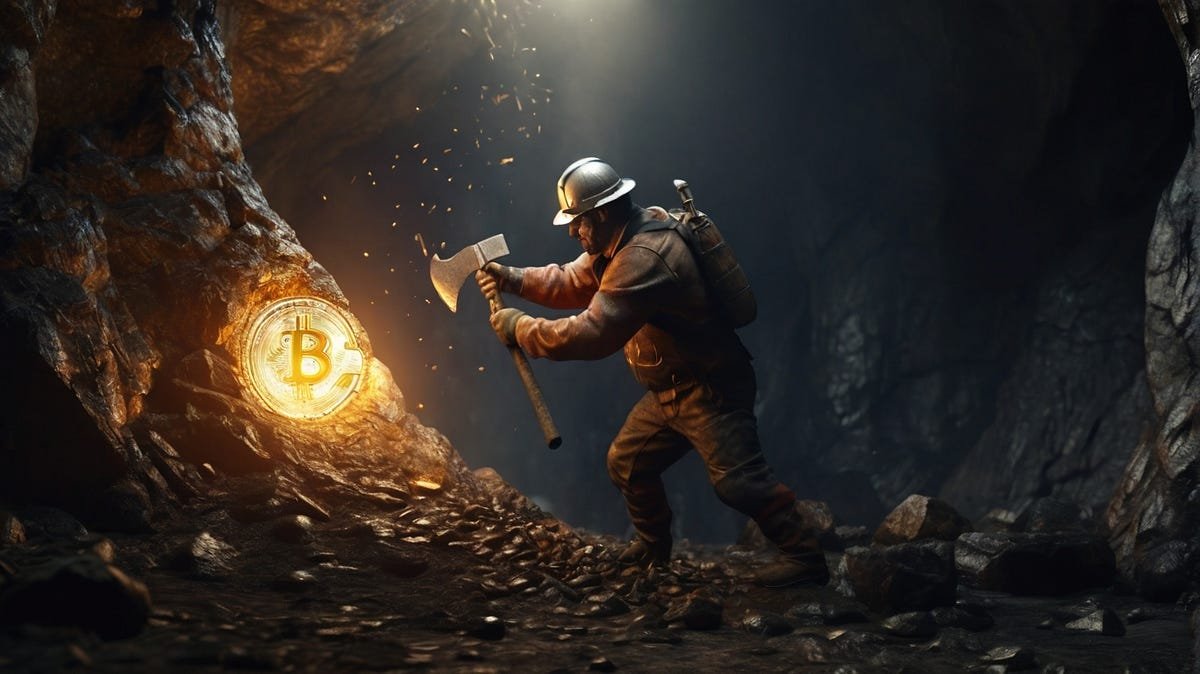Bitcoin Mining Difficulty Hits New All-Time High, Expected to Drop in August

Bitcoin mining difficulty a vital metric ensuring the security, scarcity, and price resilience of BTC has reached an all-time high (ATH) of 127.6 trillion this week. However, current network data projects a slight decline in difficulty during the upcoming adjustment on August 9, providing a shift that could be significant for miners and the broader crypto ecosystem.
Bitcoin Mining Difficulty Explained
Mining difficulty is a core part of the Bitcoin protocol, automatically adjusting every two weeks to keep block times around 10 minutes, regardless of changes in the network’s total computing power (hashrate). A higher mining difficulty means miners must expend more computational resources to find a valid block and claim the Bitcoin reward and transaction fees, impacting miner profitability and the distribution of newly minted BTC.
- Current Difficulty (ATH): 127.6 trillion
- Projected Adjustment (Aug 9): Down ~3% to 123.7 trillion
- Current Average Block Time: ~10 minutes, 20 seconds (source: CoinWarz)
Recent Trends: Surge and Setback in Mining Difficulty
After reaching lofty heights in July, Bitcoin’s mining difficulty is poised for its first notable drop in months. According to CryptoQuant and CoinWarz, the mining difficulty briefly eased at the end of June and in early July, dipping to 116.9 trillion, before rebounding in late July to new record levels. This ongoing adjustment cycle is closely tied to the network’s hashrate the total computational power protecting Bitcoin and directly influences miners’ profit margins and the network’s overall security.
Difficulty Adjustments, Miner Profitability & Network Security
Bitcoin’s dynamic difficulty is central to the network’s security model and serves as a counterbalance to wild swings in hashpower. When more miners compete, difficulty rises to prevent blocks from being mined too quickly. If miners leave due to low profits (for example, after a halving), difficulty decreases, making it easier for remaining miners to win rewards. This mechanism keeps the rate of BTC production stable and predictable.
For miners:
- Rising difficulty = lower profit margins unless Bitcoin price or transaction fees increase
- Lower difficulty = higher chance of earning rewards, especially if less competition persists
Bitcoin’s Stock-to-Flow Ratio: Scarcity Drives Value
Another critical concept is Bitcoin’s stock-to-flow (S2F) ratio a popular model used to gauge the scarcity of Bitcoin relative to its annual supply growth. The S2F ratio compares the existing circulating supply (“stock”) to the amount of new supply generated each year (“flow”).
- Bitcoin S2F Ratio: ~120
- Gold S2F Ratio: ~60
- BTC in Circulation: ~94% of 21 million already mined
This means Bitcoin is currently about twice as scarce as gold, reinforcing its narrative as digital gold and a hedge against inflation. The protocol’s hard cap ensures no more than 21 million BTC will ever exist, in stark contrast to precious metals like gold, where new discoveries and mining increase the supply over time.
Why Difficulty Adjustments Matter for Bitcoin’s Value
The automatic difficulty adjustment protects the Bitcoin network from inflationary collapses triggered by rapid supply expansions a vulnerability observed in other commodities like silver. By regulating block production and new supply, Bitcoin maintains its high S2F ratio and price inelasticity to mining activity.
In summary:
- Higher difficulty prevents rapid overproduction of BTC, maintaining scarcity and price stability.
- Difficulty decreases support miners during bear markets or after halvings, ensuring network security remains robust even if some miners exit.
What to Watch for in August
Industry analysts will be monitoring whether the anticipated 3% drop in difficulty on August 9 spurs higher profitability and activity among smaller miners, especially after months of relentless upward pressure. For the average investor, the ongoing balancing act between mining economics, network security, and scarcity is a key reason why Bitcoin’s underlying fundamentals remain robust even amid short-term price swings.
As Bitcoin’s mining ecosystem adapts, the protocol’s built-in difficulty adjustments continue to ensure stability, scarcity, and a level playing field for miners worldwide.







